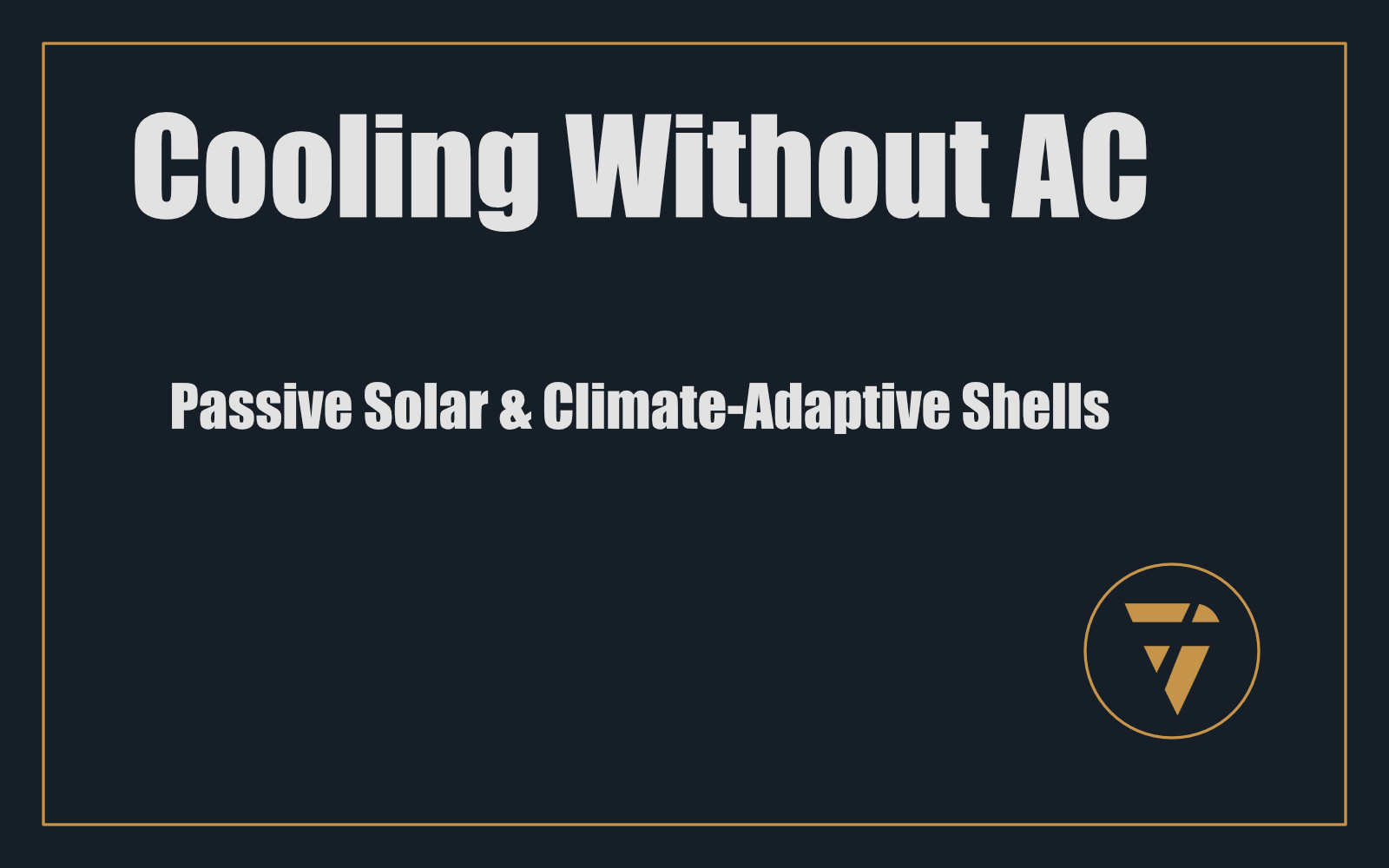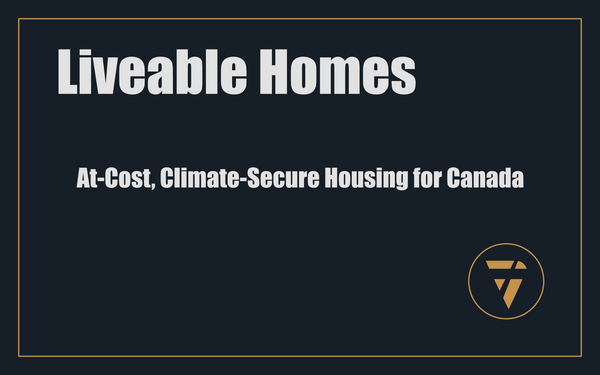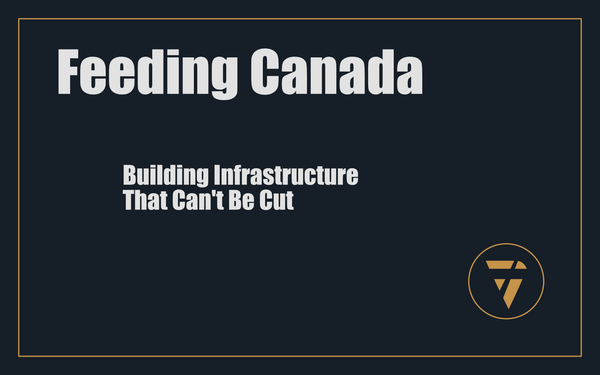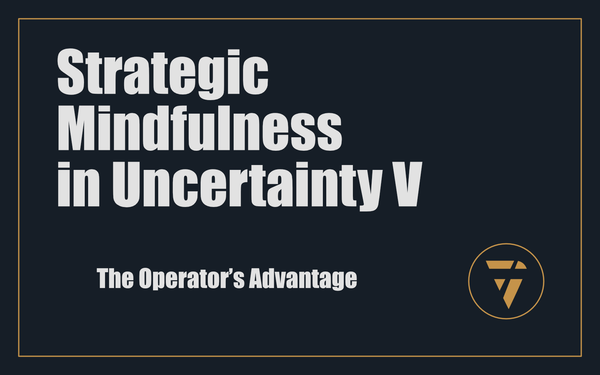Cooling Without AC

Passive Solar & Climate‑Adaptive Shells
Build smart, live cool – without a single watt of power.
1. Passive Solar – Nature’s A/C
Passive solar design isn’t fancy—it’s physics. You can cool a house without air conditioning by using orientation, mass, and shade.
A well-designed passive solar home:
- Places large windows to the equator (south in Canada), capturing sun in winter
- Uses high thermal mass—concrete or stone floors and walls—to store heat and moderate swings
- Uses roof overhangs, trees, and shading to block summer sun
- Orients the building to catch prevailing breezes, minimize western sun
- Allows night flushing—opening vents to let the cool night air purge heat from the structure.
This isn’t theory. It's proven. Passive solar can reduce heating/cooling loads by 25–70 percent, depending on design .
2. Climate-Adaptive Facades – Smart Skins of the Future
Static insulation is out. Today’s frontier is Climate-Adaptive Building Shells (CABS): dynamic facades that adapt to weather and occupant needs (en.wikipedia.org).
These living skins can:
- Change openness with louvers or operable panels
- Shift solar heat gain using movable shades
- Modify thermal properties with smart materials (electrochromic glass, phase-change insulation)
- Respond autonomously, powered by sensors or temperature alone
Studies show CABS can cut overall energy demand by ~30 percent—and significantly improve indoor comfort.
3. Real‑World Proof in Canada & Beyond
Climate Safe Housing Envelope Guidelines
These standards recommend passive strategies—orientation, shading, insulation, high-performance windows—to limit interior heat gain and allow cooling during outages.
Manitoba Hydro Place
This 21-storey tower uses a solar chimney and double exterior wall with vents to pre-condition air passively. It achieves 70 percent better energy performance than typical towers.
Hope Village CDC
Community retrofit initiative includes adaptive shells: retro shading, upgraded glazing, ventilation strategies—protecting residents from heat and helping them cope with outages .
4. Modeling the Benefits
High-performance shells don’t just save energy—they buy life.
- A 30 percent reduction in peak cooling load means smaller—or no—air conditioner needed
- Thermal mass can delay interior peak heat by 4–8 hours, buying critical hours in heat events
- Adaptive facades reduce overheating and maintain comfort without power
- Combined with night flushing and passive shading, indoor temperatures remain survivable—even with 48 hrs of no power
The models are clear: properly designed shells extend the margin of safety immeasurably.
5. Zero‑Power Comfort = Climate Security
When the grid fails, you don’t flick it back on. But a climate-adaptive, passive solar shell keeps working:
- Shaded windows no longer bake interiors
- Mass stores cool overnight temperatures
- Louvers and vents open to purge heat
- Smart materials respond automatically—no electricity required
It’s A/C without amps. Comfort without cost. Resilience without risk.
6. The Cost Myth
Opponents call adaptive shells “expensive, niche, or untested.” The counter is real:
- Passive solar construction uses common materials—glass, stone, shade, form
- Adaptive facades use off‑the‑shelf components—louvers, sensors, materials—scaled by cost per square metre
- Modeling shows payback periods under 10 years when energy savings and avoided disaster costs are included
- Survivability adds value that markets haven’t measured—yet
These strategies aren’t reserved for elites—they are the new baseline for housing that must endure.
7. From Design to Doctrine
Here’s what climate-secure housing requires, right now:
- Every new home: passive solar orientation, shading, mass
- Adaptive shells required on south and west facades in heat‑prone zones
- Performance modeling mandated and published before occupancy
- No permits issued without proof of survivability (72 hr safe temp)—modeled and validated
This isn’t aspirational anymore. It’s essential.
8. Conclusion: Building Intelligence
We’re moving beyond boxes—and beyond power-dependent pretenses.
Peak survival isn’t measured by app, thermostat, or contractor stamp—it’s measured by physics.
A home that adapts is a home that shelters.
Cooling without AC is not optional. It’s the way forward.
This is what I’m working on. Tell me what you think, I enjoy the conversation! Subscribe and follow the work in real time.
Thanks!
B

Air conditioning is a crutch for bad design.
Passive solar. Thermal mass. Adaptive shells.
That’s the real climate security—cool, quiet, safe—when the grid’s down and the sun is merciless.
No wires. No fans. Just physics.
PS -






